Gas Time: What Is E85?
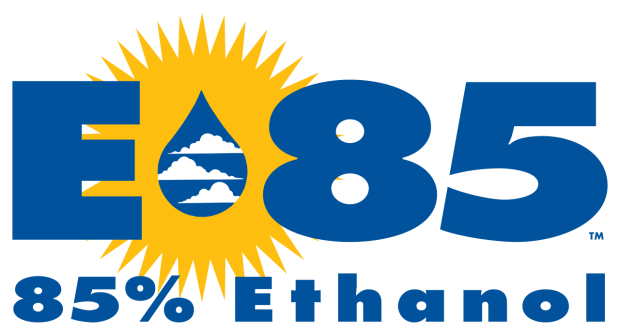
For years you’ve either heard of the great miracle of performance cars this side of nitrous or the horror story and bane of carburetors that is E85. If you’re on the fence about doing a conversion on your Corvette, there are some things to know, consider, and acknowledge before hand. This article will help demystify it to a degree.
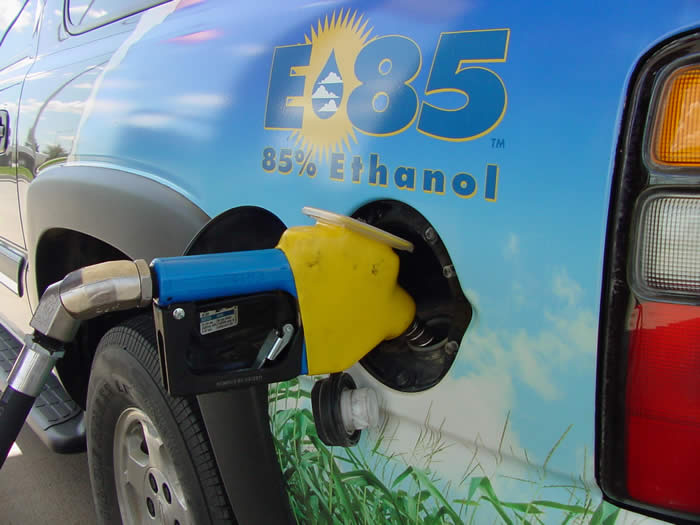
What is E85?
It is a fuel blend of 85-percent denatured (meaning it is poisonous, bad tasting, foul smelling, or nauseating to keep you from drinking it) ethyl alcohol (ethanol) and 15-percent standard gasoline. Yes, you can think of it as moonshine, since it is mostly made from corn here in the U.S., however other parts of the world create ethanol from sugarcane, potato, cassava, hemp, or anything that you can use as a biomass. Algae are also being researched as a method of creating ethanol for fuel use to help alleviate the use of feedstocks.
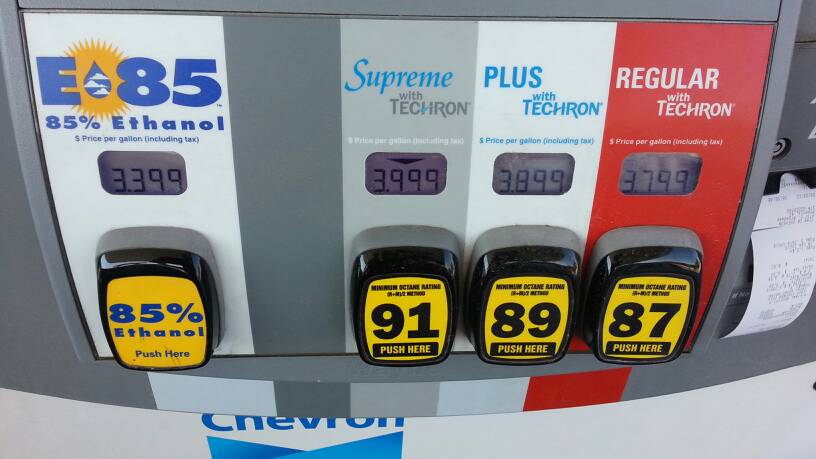
What makes it a race gas alternative?
E85 has an octane rating of 94 to 96 (R+M)/2 while the Iowa Renewable Fuels Association cites a range of 100-113, making it perfect for high compression, turbo, or supercharged cars. It also becomes gaseous at a lower temperature than gasoline does, and creates a cooler intake charge for engines that don’t use direct injection. When you combine that and its octane rating, E85’s knock resistance is much higher than gasoline at a similar octane. Finally, it costs less – in some places E85 is hovering lower than $2.00 per gallon, where higher octane race gas (100 and above) is normally over $10.00 per gallon.
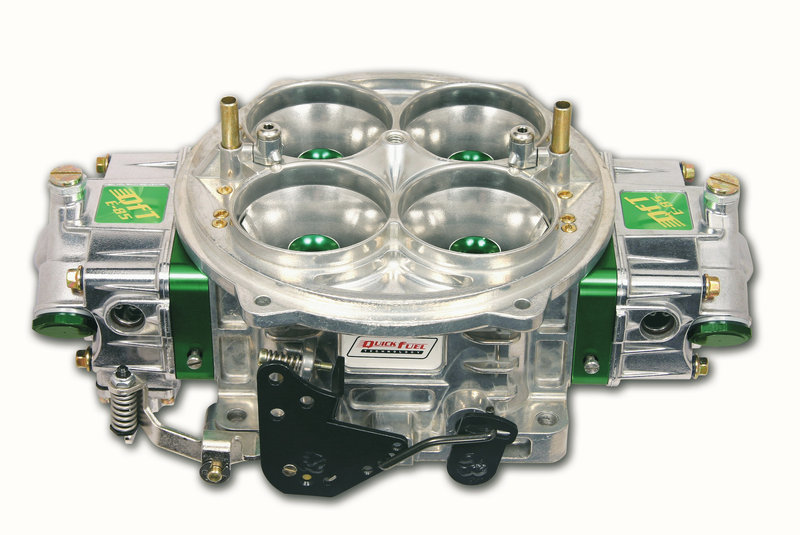
Why do E85 and ethanol blends get a bad rap?
The first part is how much more fuel you need to make it work. Generally, an E85 system will require 35-percent more fuel when compared to gasoline. This is because of its lower air-fuel ratio (AFR); the stoichiometric ratio for E85 is 9.8:1 versus 14.7:1 for gasoline. It also gets a bad rap for eating up magnesium, aluminum, and rubber parts of the fuel system, and for being electrically conductive versus gasoline. This is mostly a problem on older vehicles that utilize these over plastic or stainless steel parts.
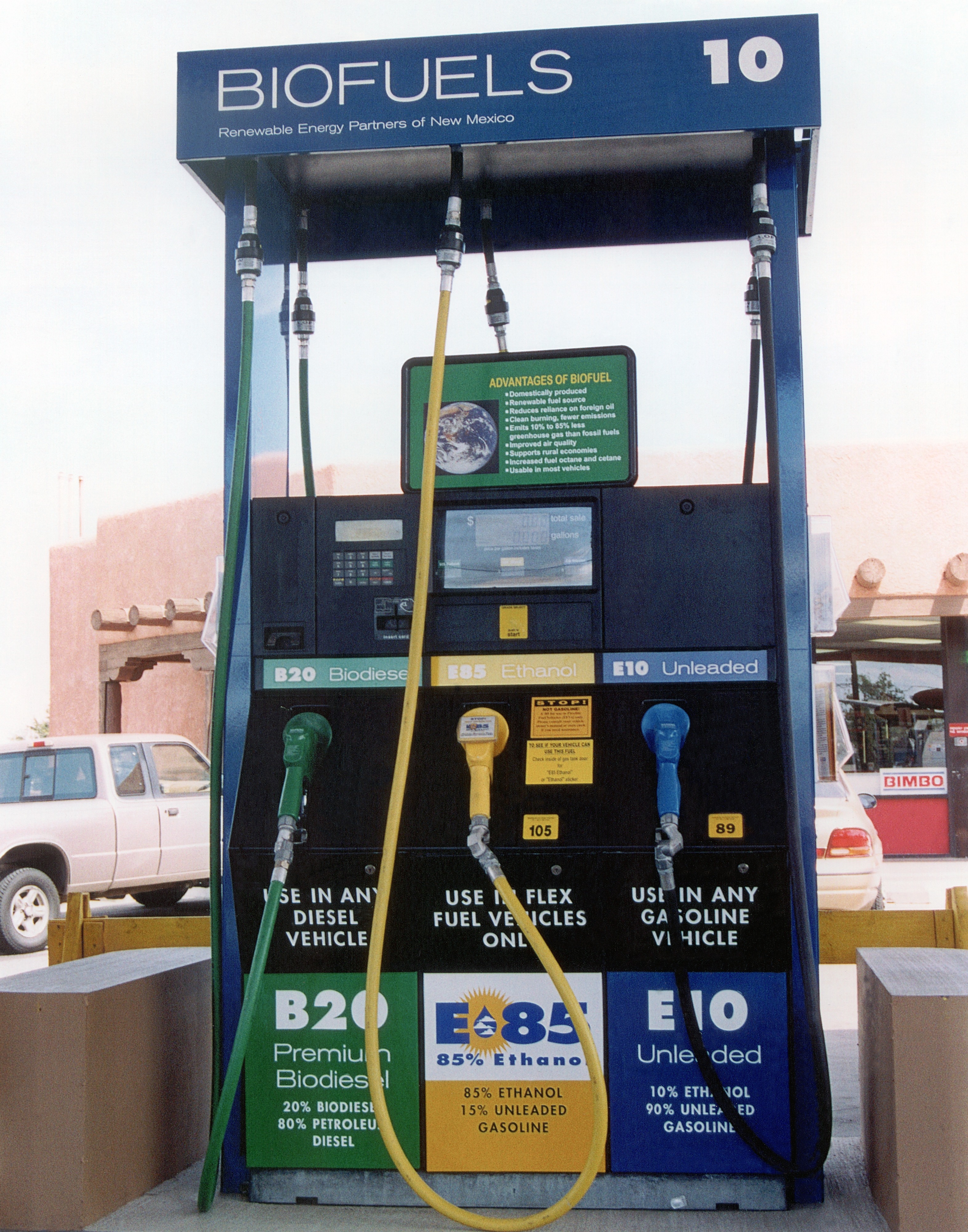
What happens when I put E85 in my Corvette?
It will depend on the generation as pretty much anything before the C5 is going to have aluminum or rubber parts in the fuel system. If you are running a non-E85 carburetor or fuel system not designed for ethanol use, you can pretty much bet you’re not going to have a good time. However, newer cars can run E85, it just won’t run it very well and will eat fuel like it’s going out of style. Most modern cars are designed for E10 and don’t have those rubber or aluminum parts in it. Your vehicle will try to get the fuel mixture to 14.7:1 so it will run rich until it gets it and will most likely set a check engine light. On that, we wouldn’t recommend it, but E85 shouldn’t ruin your engine if you do happen to fill up on accident. Just be sure to pump gasoline back in it when you can in order to dilute it more.
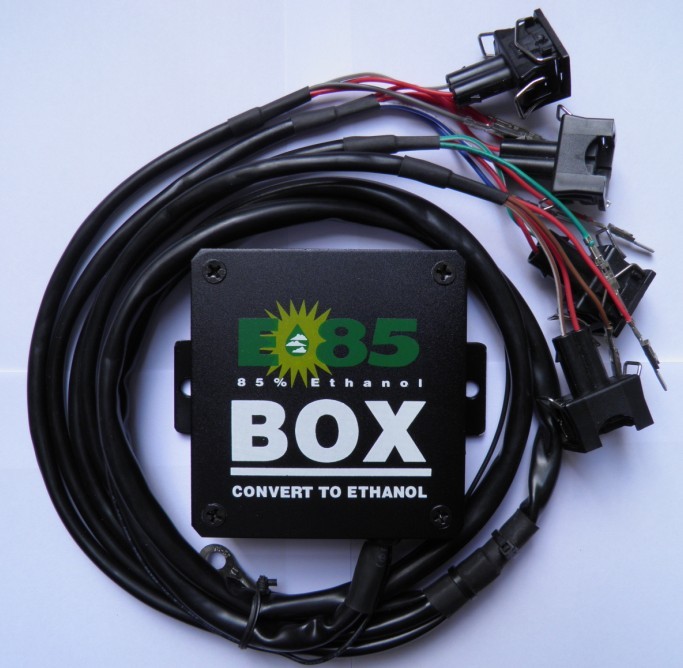
Can I convert my Corvette to run E85?
Yes, but legally, not really. Converting a car to E85 without EPA approval can net you $25k per-day in fines. California and CARB are another issue, with $50 to $100 fines on your first offense and $100 to $250 each time after. That being said, you can find E85 converters for sale that are EPA compliant and a few that are CARB compliant.
